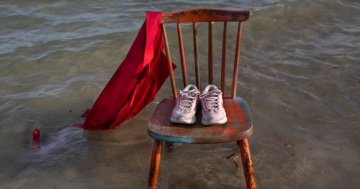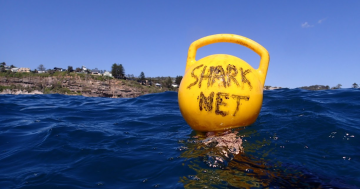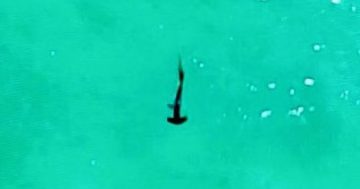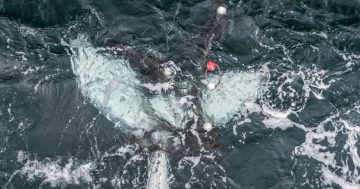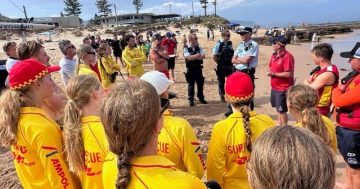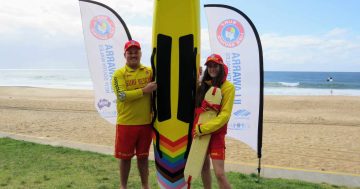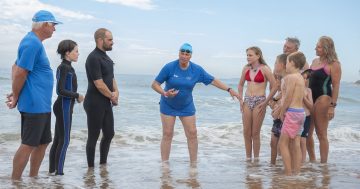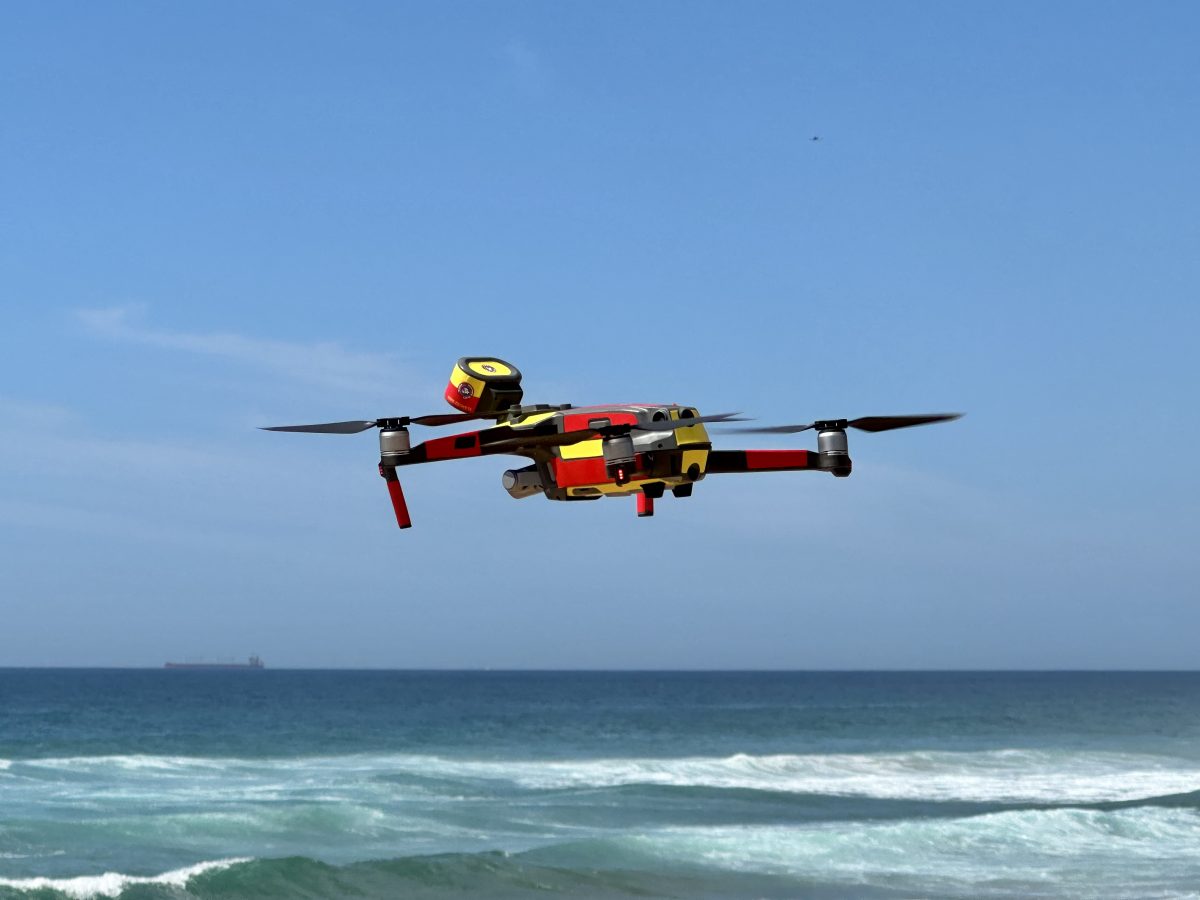
There are more than 80 Surf Life Saving drones across NSW. Photo: SLS Illawarra.
Safety in our surf will be paramount this summer as locals and tourists flock to our local beaches to escape the expected scorching heat, and the government is taking no risks when it comes to protecting swimmers from sharks by continuing to use controversial nets in the Illawarra while trialling alternate solutions.
The meshing program was introduced 85 years ago as a mitigation method to prevent attacks, but University of Wollongong researcher Associate Professor Michael Mehmet said the community was concerned about the environmental cost of the solution.
“Shark nets themselves have never been popular ever since we started doing the research, maybe 10 to 15 per cent of participants actually thought it was a good idea,” Associate Professor Mehmet said. “Even people who didn’t mind the idea of shark nets acknowledged that the bycatch is just unreasonable.”
Last season 44 animals were caught in nets across the Illawarra, with only three of those from a target species.
Among other marine life trapped were stingrays, a grey nurse shark and a bottlenose dolphin.
More than half of the animals that wound up in nets across the state died.
“In Shellharbour people go snorkeling and diving to see greynurse sharks so it broke their heart when they found out that nets in particular were killing the very thing they were going to the beach to see,” Associate Professor Mehmet said.
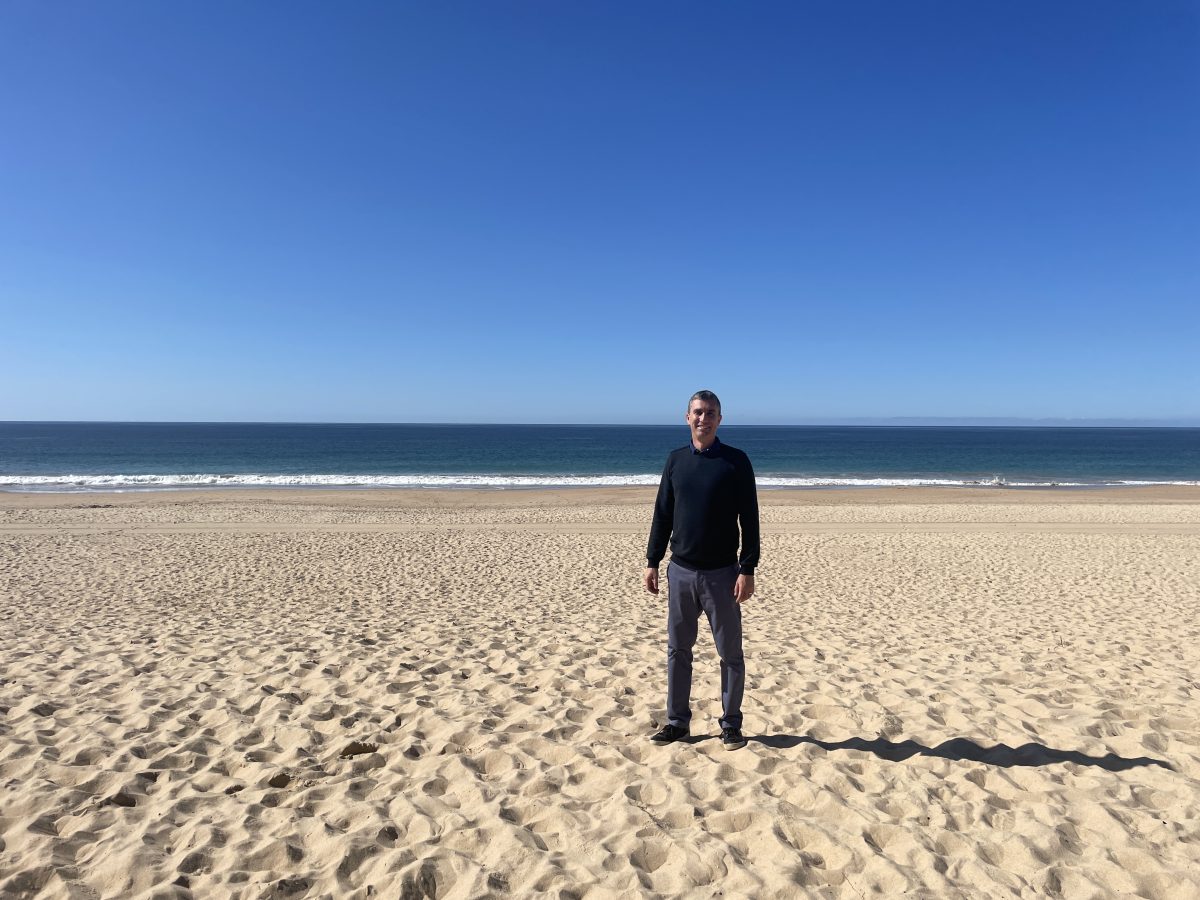
UOW Associate Professor Michael Mehmet said attitudes and education is the key to shark nets being eliminated. Photo: Keeli Royle.
But despite changing community attitudes and alternate measures being introduced, Associate Professor Mehmet predicted that those nets wouldn’t be phased out anytime soon.
“Whether they want to acknowledge it, people like at some level that the nets are there for that perceived safety,” he said. “They don’t like what the nets do, they want alternatives but there is a small group that feel more comfortable with those nets there and politicians don’t want to be on the wrong side of that headline.”
“Until people become a bit more rational and realise that shark encounters are just a part of swimming in the ocean, I can’t see governments at any level removing nets, because they are perceived to work.”
Last year the Department of Primary Industries (DPI) implemented a $85 million mitigation program that will run until 2026 and includes a multilayered approach of tagging, surveillance, nets, drumlines and drones.
“Drones and human eyes were predominantly the ones that people were most comfortable with and thought was the future,” Associate Professor Mehmet said.
Surf Life Saving has been using drones for the past seven years and Australian Uncrewed Aerial Vehicle Service (AUAVS) manager Paul Hardy said the devices had been extremely useful in a number of areas.
“It’s really grown as a tool in life savers’ tool kit, not a one-stop solution by any means but a good tool for shark detection and collecting data on whales and dolphins and turtles as well.”
“They’re also used [to see] where are the rips, where are the sandbanks and just patrolling the beach better.”
There are around 86 drones used by Surf Life Saving across the state, most of which are funded by the DPI.
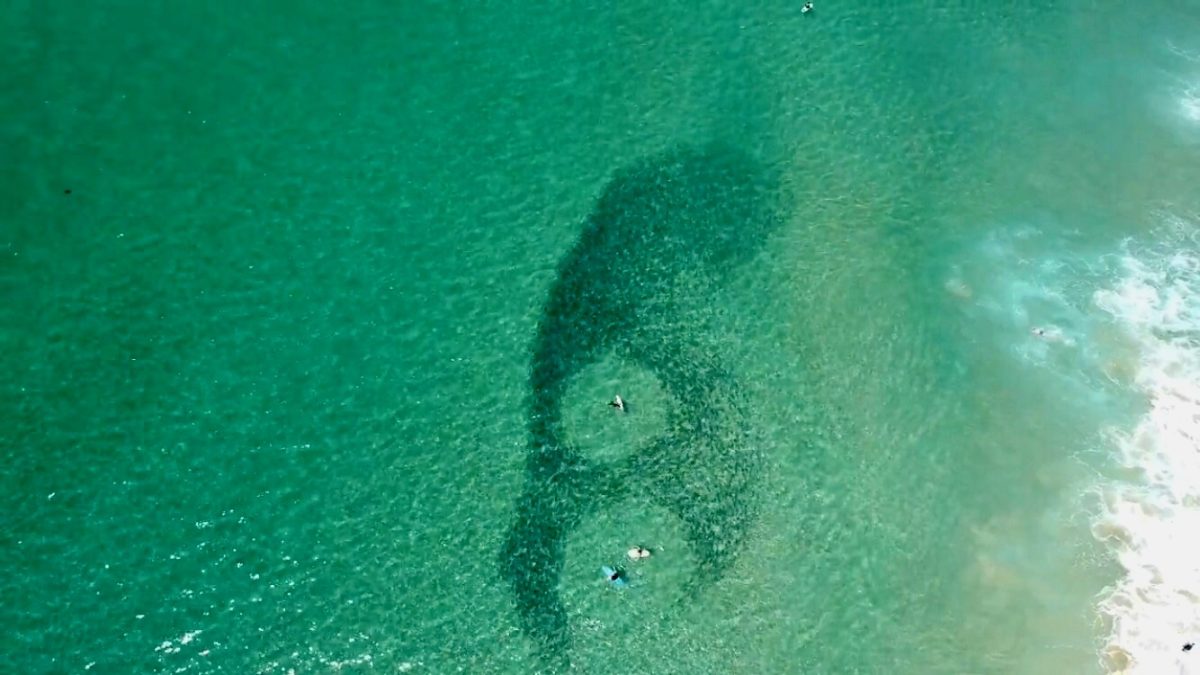
Drones captured baitfish surrounding surfers at Stanwell Park Beach. Photo: SLS Illawarra.
Stanwell Park and Coledale are currently permanent locations for the drones with Bellambi, Bulli and Port Kembla all on-call locations, which can be operated by almost all Surf Life Saving members.
“These days we have our own training course that every member does when they come in,” Mr Hardy said. “It’s a two-day-long course covering the basics of regulations, how to monitor the air radio so we can identify planes and be safe around them, and how to identify sharks.”
In small regional areas or holiday hotspots, finding volunteers or even staff to operate the equipment can be more difficult.
“The Illawarra does really well but when you start getting down to the Mollymook area it starts getting a bit thin, a high holiday population but not many locals that are there that we can train and know we can have that for a couple of years,” Mr Hardy said.
He believed technological advancements could be an answer.
“There’s a potential solution for that and we’re trialling it now in some areas called a drone in a box,” he said. “The drone is automated and flies a pre-planned flight route, we can use AI on the vision and send the vision back as well to a central operations centre in Sydney.”
But Associate Professor Mehmet said while communities are excited by new developments and the potential of technology, better education would be the key to success.
“It was more about changing mindsets than flooding beaches with 50 different types of technology.”

Surf Life Saving use drones to spot sharks and wildlife off our beaches. Photo: SLS Illawarra.
He’d like to see more research into the human component of teaching people about the role and risks of sharks without scaring them and allowing people to take personal responsibility while in the ocean.
“There are ways to minimise the risk of having a shark encounter and researching what that fear tipping point is between education and getting people panicking and never going to the beach that’s something that we really need to explore,” Associate Professor Mehmet said. “It’s something that the DPI really needs to think about and take to that next level.”
Shark nets will be reintroduced on 1 September.








